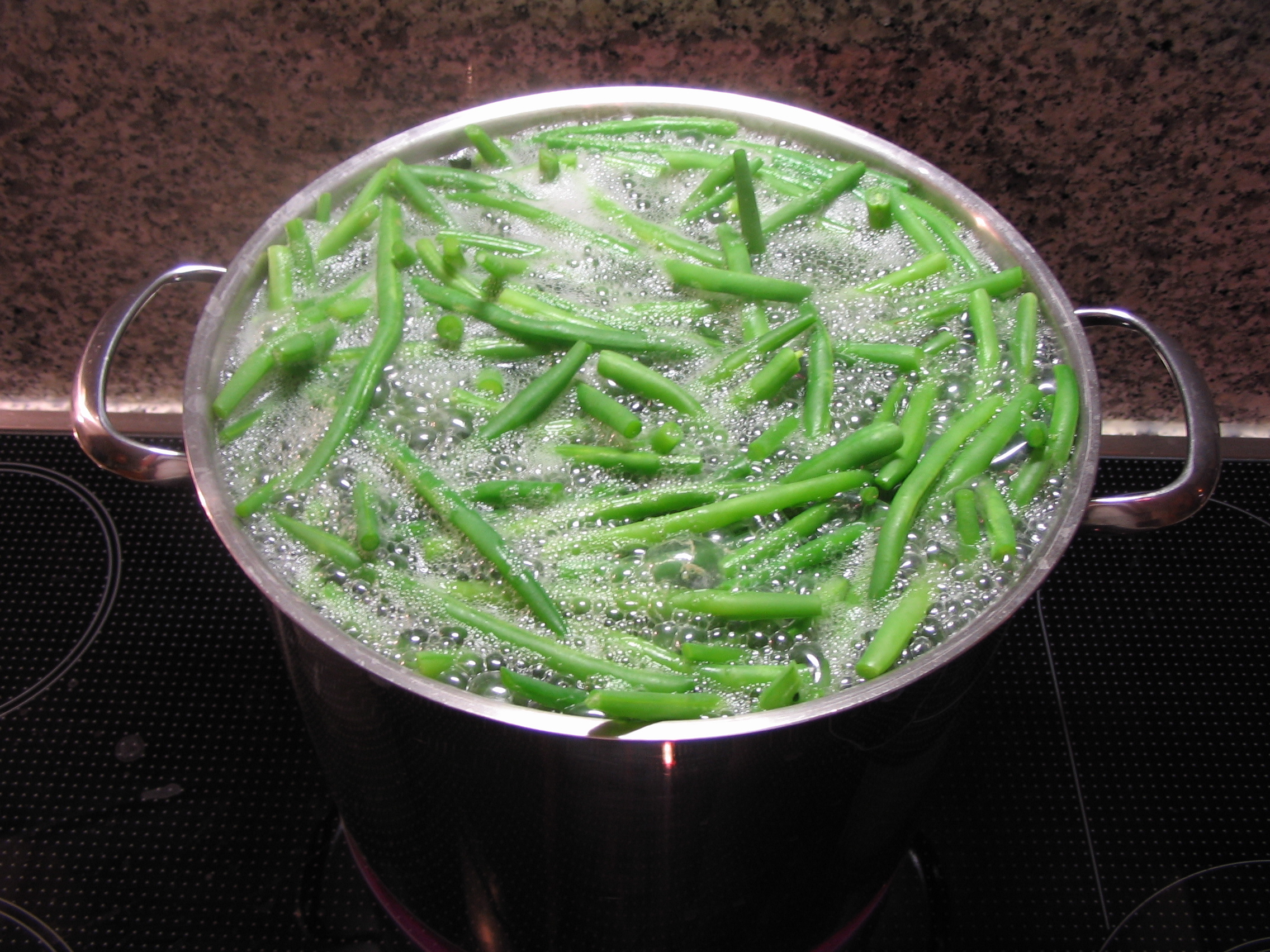|
Shocking (cooking)
Shocking is a cooking Cooking, also known as cookery or professionally as the culinary arts, is the art, science and craft of using heat to make food more palatable, digestible, nutritious, or Food safety, safe. Cooking techniques and ingredients vary widely, from ... process wherein the food substance, usually a vegetable or fruit, is plunged into iced water or placed under cold running water to halt the cooking process. This process usually keeps the colour, taste and texture of a fruit or vegetable. See also * Blanching * Parboiling References Cooking techniques Culinary terminology {{cooking-stub ... [...More Info...] [...Related Items...] OR: [Wikipedia] [Google] [Baidu] |
Shock Blanched Vegetables In Cold Water (1041479893)
Shock may refer to: Common uses Healthcare * Acute stress reaction, also known as psychological or mental shock ** Shell shock, soldiers' reaction to battle trauma * Shock (circulatory), Circulatory shock, a medical emergency ** Cardiogenic shock, resulting from dysfunction of the heart ** Distributive shock, resulting from an abnormal distribution of blood flow *** Septic shock, a result of severe infection **** Toxic shock syndrome, a specific type of severe infection *** Anaphylactic shock, a result of severe allergic reaction *** Neurogenic shock, due to a high spinal cord injury disrupting the sympathetic nervous system ** Hypovolemic shock, resulting from an insufficient blood volume *** Hemorrhagic shock, from a large volume lost to bleeding **Obstructive shock, resulting from mechanical obstruction of blood flow * Cold shock response of organisms to sudden cold, especially cold water * Electric shock ** Defibrillation, electric shock to restore heart rhythm ** Electroc ... [...More Info...] [...Related Items...] OR: [Wikipedia] [Google] [Baidu] |
Cooking
Cooking, also known as cookery or professionally as the culinary arts, is the art, science and craft of using heat to make food more palatable, digestible, nutritious, or Food safety, safe. Cooking techniques and ingredients vary widely, from grilling food over an open fire to using electric stoves, to baking in various types of ovens, reflecting local conditions. Types of cooking also depend on the skill levels and training of the Cook (profession), cooks. Cooking is done both by people in their own dwellings and by professional cooks and chefs in restaurants and other food establishments. Preparing food with heat or fire is an activity unique to humans. Archeological evidence of cooking fires from at least 300,000 years ago exists, but some estimate that humans started cooking up to 2 million years ago. The expansion of agriculture, commerce, trade, and transportation between civilizations in different regions offered cooks many new ingredients. New inventions and technolog ... [...More Info...] [...Related Items...] OR: [Wikipedia] [Google] [Baidu] |
Blanching (cooking)
Blanching is a process in which a food, usually a vegetable or fruit, is partially cooked by first scalding in boiling water, then removing after a brief timed interval, and finally plunging into iced water or placing under cold running water (known as shocking or refreshing) to halt the cooking process. Blanching foods helps reduce quality loss over time. Blanching is often used as a treatment prior to freezing, dehydrating, or canning vegetables or fruits to deactivate enzymes, modify texture, remove the peel and wilt tissue. The inactivation of enzymes preserves colour, flavour, and nutritional value. The process has three stages: preheating, blanching, and cooling. The most common blanching methods for vegetables/fruits are hot water and steam, while cooling is either done using cold water or cool air. Other benefits of blanching include removing pesticide residues and decreasing microbial load. Drawbacks to the blanching process can include leaching of water-soluble and he ... [...More Info...] [...Related Items...] OR: [Wikipedia] [Google] [Baidu] |
Parboiling
Parboiling (or leaching) is the partial or semi boiling of food as the first step in cooking. The word is from the Old French ''parbouillir'', 'to boil thoroughly' but by mistaken association with "part", it has acquired this definition. The word is often used when referring to parboiled rice. Parboiling can also be used for removing poisonous or foul-tasting substances from foods, and to soften vegetables before roasting them. Basic technique The food items are added to boiling water and cooked until they start to soften, then removed before they are fully cooked. Parboiling is usually used to partially cook an item which will then be cooked another way such as braising, grilling, or stir-frying. Parboiling differs from Blanching (cooking), blanching in that one does not cool the items using cold water or ice after removing them from the boiling water. Parboiled rice Sometimes raw rice or paddy is dehusked by using steam. This steam also partially boils the rice while ... [...More Info...] [...Related Items...] OR: [Wikipedia] [Google] [Baidu] |
Cooking Techniques
This is a list of cooking techniques commonly used in cooking and food preparation. Cooking is the practice of preparing food for ingestion, commonly with the application of differentiated heating. Cooking techniques and ingredients vary widely across the world, reflecting unique environments, economics, cultural traditions, and trends. The way that cooking takes place also depends on the skill and type of training of an individual cook as well as the resources available to cook with, such as good butter which heavily impacts the meal. A B C File:Fromagerie gruyères-égouttage-4.jpg, The production of Gruyère cheese at the cheesemaking factory of Gruyères, Canton of Fribourg, Switzerland File:Svadbarski Kupus.jpg, Cooking of Svadbarski Kupus (wedding cabbage) in clay pots, Serbia File:Coddled Egg on hash.jpg, A coddl ... [...More Info...] [...Related Items...] OR: [Wikipedia] [Google] [Baidu] |



